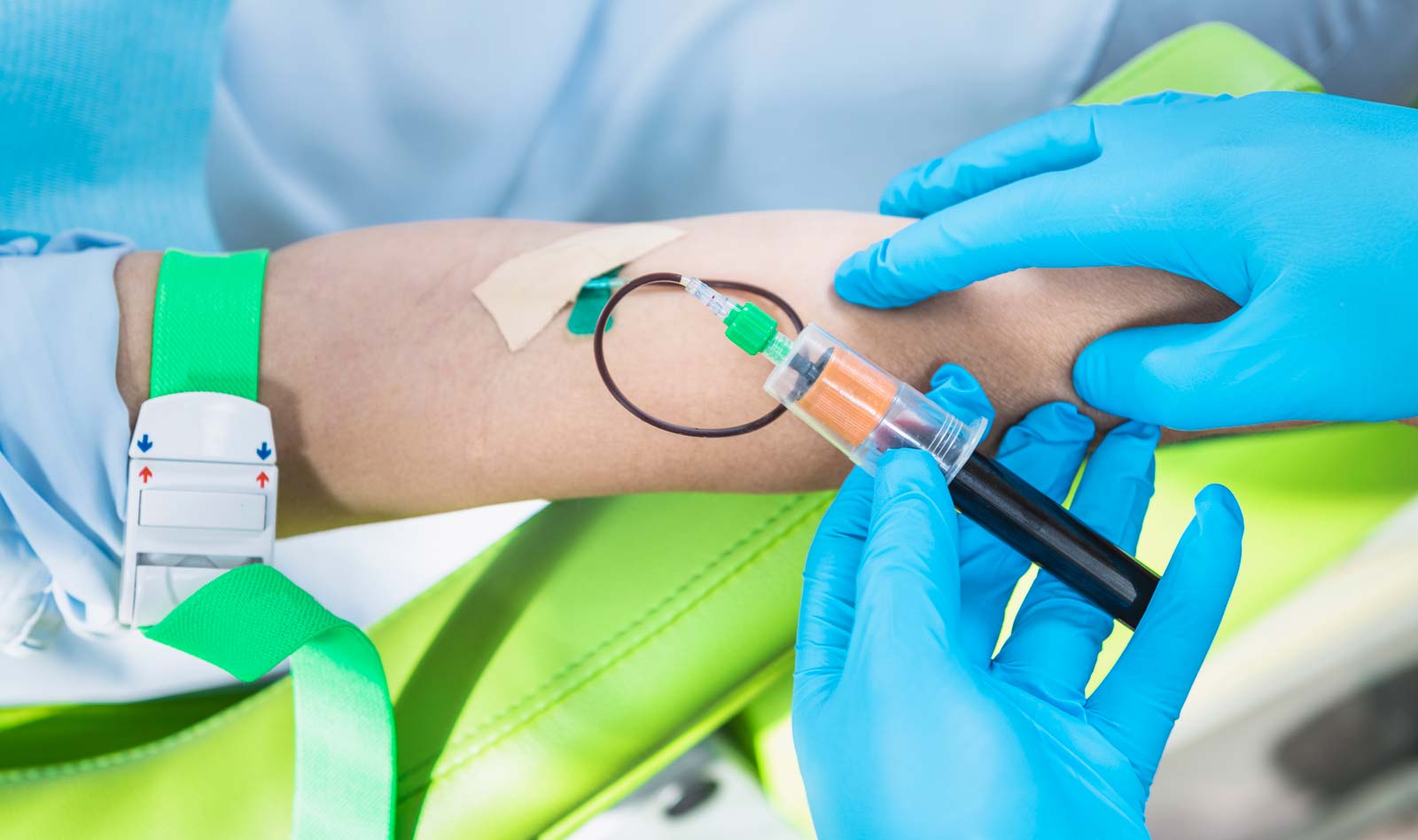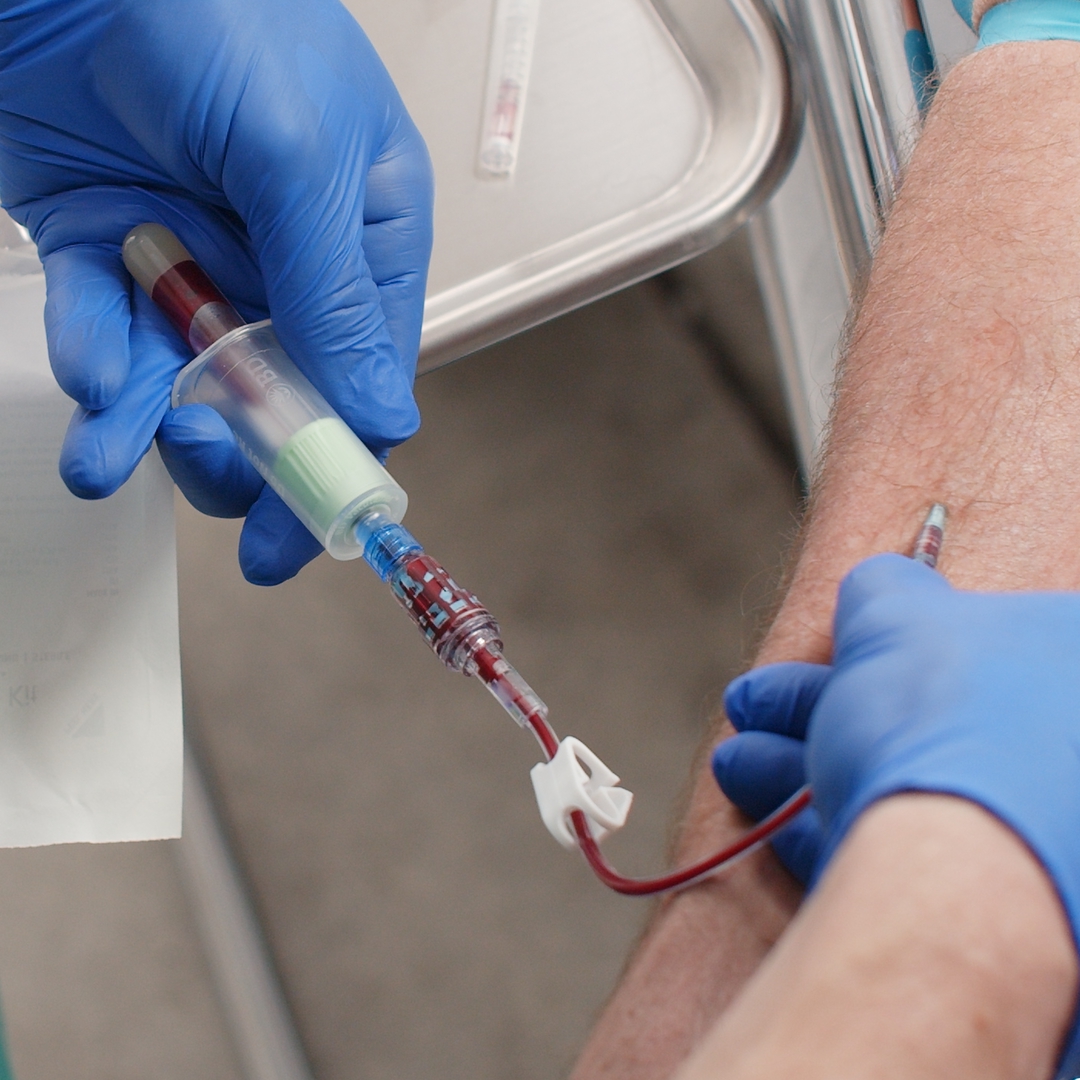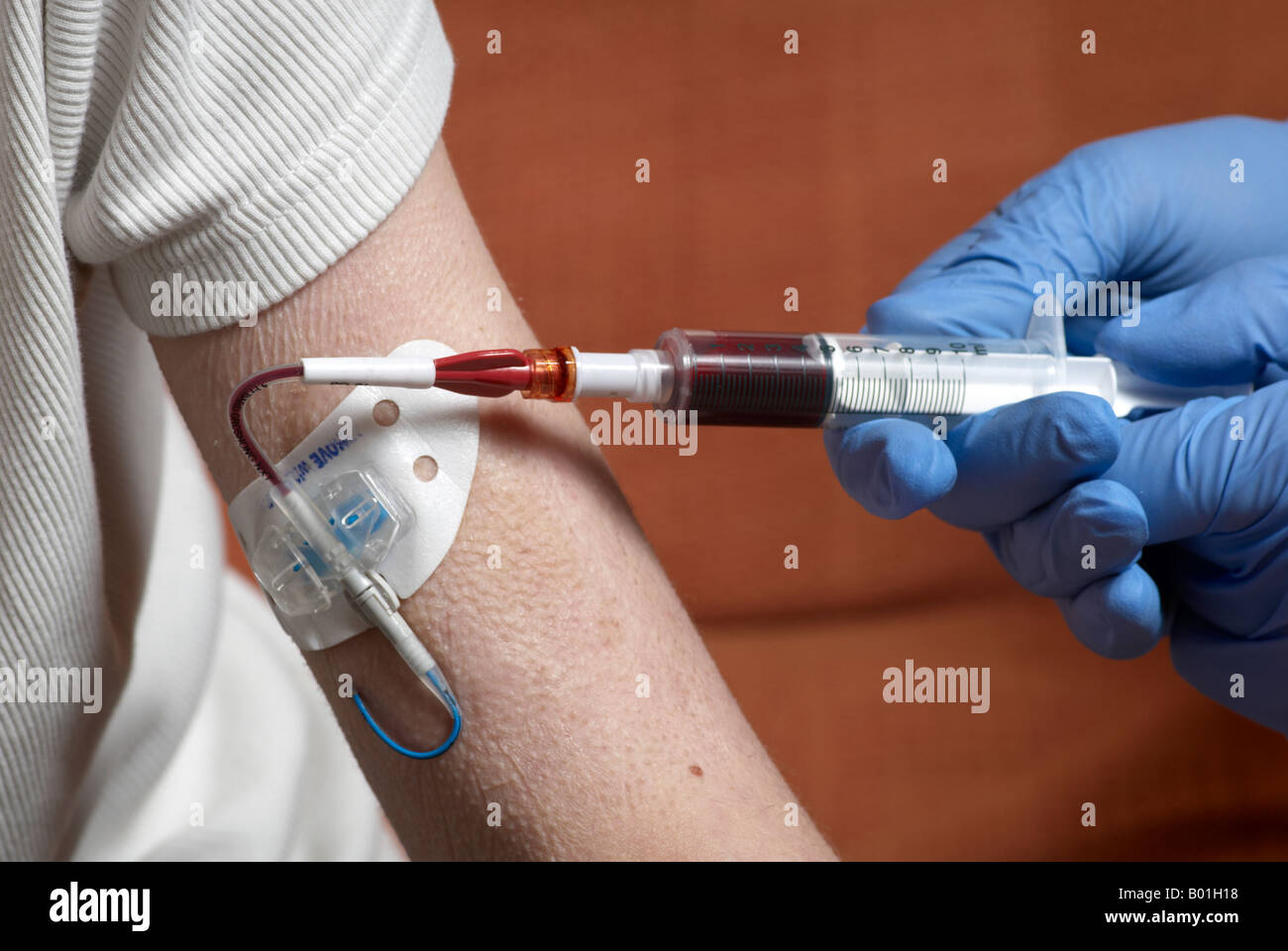Iv forearm stock photos pictures royalty free images
Table of Contents
Table of Contents
Have you ever wondered how to draw blood from a picc line? It can be a daunting task, but with the right knowledge and technique, it can be done safely and effectively. In this article, we will explore the ins and outs of how to draw blood from a picc line, including tips, tricks, and personal experiences.
The Pain Points of Drawing Blood from a Picc Line
For those who are unfamiliar with the process, drawing blood from a picc line can be intimidating. The idea of sticking a needle into a line that is threaded into a patient’s vein can be nerve-wracking for both the patient and the healthcare provider. It’s important to have a good understanding of the procedure in order to make it as comfortable and painless as possible for everyone involved.
How to Draw Blood from a Picc Line
First and foremost, it’s important to ensure that you have all the necessary materials, including a sterile needle and syringe, alcohol swabs, and gloves. Next, you’ll want to clean the area around the insertion site with an alcohol swab and allow it to dry completely. Once the area is prepped, you can insert the needle into the side port of the picc line, being careful not to push the needle in too far. Then, you’ll slowly draw the blood into the syringe and remove the needle, disposing of it in a sharp container. Finally, you’ll want to clean the site once more with an alcohol swab and apply a dressing if necessary.
Summary of Main Points
Knowing how to draw blood from a picc line is an important skill for healthcare providers. It’s important to have the right materials, clean the site thoroughly, and use the proper technique to ensure a safe and comfortable experience for the patient. With practice and patience, drawing blood from a picc line can be a successful procedure.
My Personal Experience with Drawing Blood from a Picc Line
I’ve had a lot of experience drawing blood from picc lines in my years working as a nurse. One experience that stands out to me is when I was working with a patient who was particularly anxious about the procedure. I took the time to talk her through the process and explain step-by-step what I was doing. By the end of the procedure, she was surprised at how painless and quick it was. It’s important to remember that a little bit of empathy and understanding can go a long way in making a patient feel comfortable and at ease.
Tips and Tricks for Drawing Blood from a Picc Line
One tip that I always follow when drawing blood from a picc line is to use a small bore needle. This can help to reduce discomfort for the patient and make the procedure go more smoothly. Another trick is to have the patient cough or perform the Valsalva maneuver (bearing down as if having a bowel movement) during the procedure. This can help to increase pressure in the veins, making it easier to draw blood.
Common Concerns when Drawing Blood from a Picc Line
One common concern when drawing blood from a picc line is the risk of infection. It’s important to make sure that all materials used are sterile and that the site is cleaned thoroughly before and after the procedure. Another concern is the possibility of dislodging the picc line or causing damage to the vein. Make sure to only use the smallest possible needle and to be gentle when handling the line to reduce the risk of complications.
Things to Remember
No matter how many times you’ve done it, drawing blood from a picc line can be nerve-wracking. It’s important to take your time, follow the proper procedures, and be gentle and empathetic with your patient. With practice and patience, you can become an expert in drawing blood from picc lines.
Question and Answer
Q: What is a picc line and why is it used?
A: A picc line stands for a peripherally inserted central catheter. It is a long, flexible tube that is threaded into a vein in the arm and passed through to a larger vein in the chest. It is used for long-term intravenous therapy, such as chemotherapy or antibiotic treatment.
Q: Is drawing blood from a picc line painful?
A: While everyone’s pain tolerance is different, drawing blood from a picc line should not be an especially painful procedure. The patient may feel a pinch or slight discomfort, but it should not be unbearable. Using a small bore needle and taking your time can help to reduce discomfort.
Q: Can a patient shower with a picc line?
A: Depending on the specific line and dressing used, a patient may be able to shower with a picc line. However, it’s important to follow proper protocols to avoid getting the line wet or compromising its integrity.
Q: What can be done to prevent infection when drawing blood from a picc line?
A: To prevent infection, make sure that all materials used are sterile, including gloves and the site where the needle will be inserted. Clean the site thoroughly before and after the procedure and follow proper hand hygiene protocols.
Conclusion of How to Draw Blood from a Picc Line
While drawing blood from a picc line can seem intimidating, with the right knowledge and technique, it can be done safely and effectively. Remember to take your time, follow proper procedures, and be empathetic with your patient to ensure a comfortable and successful procedure.
Gallery
Draw Blood From Picc Line | Labquiz

Photo Credit by: bing.com /
How To Draw Labs From A Picc Line At How To Draw

Photo Credit by: bing.com /
Iv Forearm Stock Photos, Pictures & Royalty-Free Images - IStock
Photo Credit by: bing.com /
IV Video Course | Nurse Keith

Photo Credit by: bing.com / iv blood draw course
Draw Blood From Picc Line | Labquiz

Photo Credit by: bing.com /






